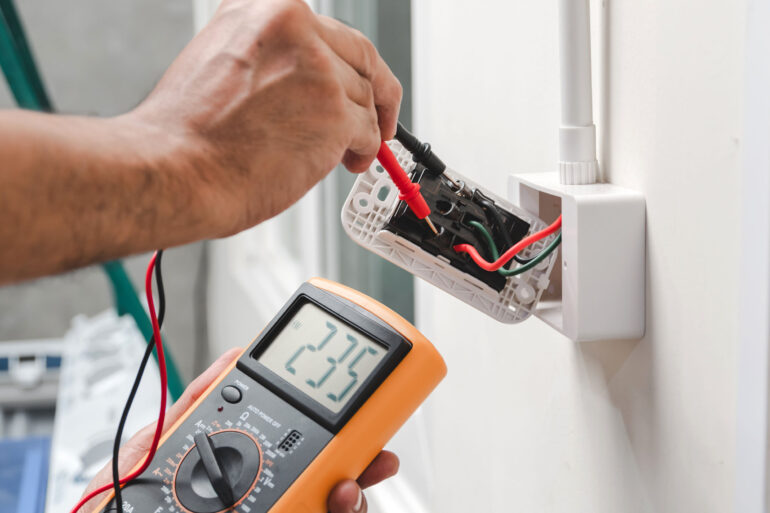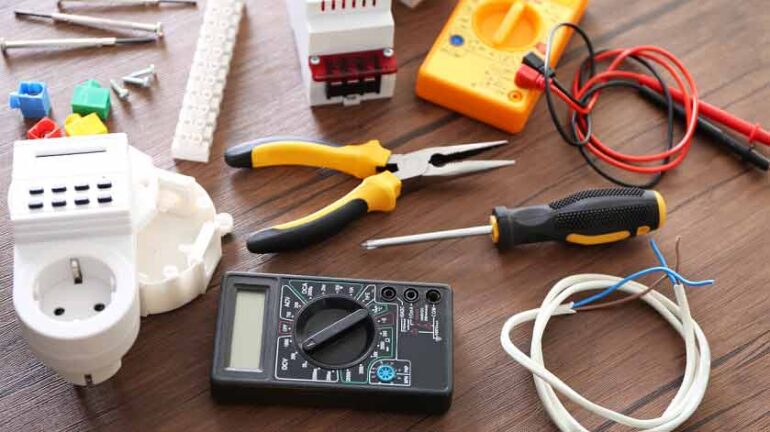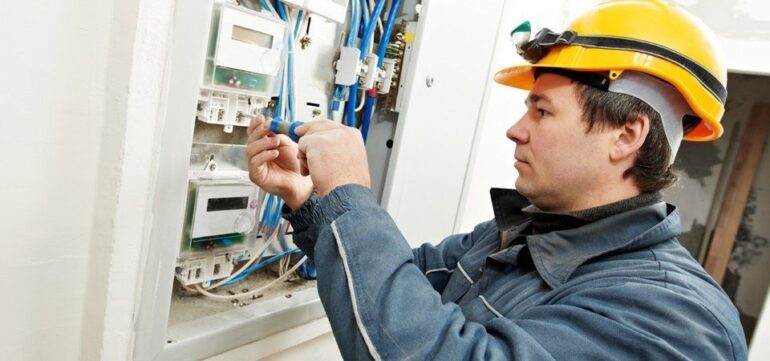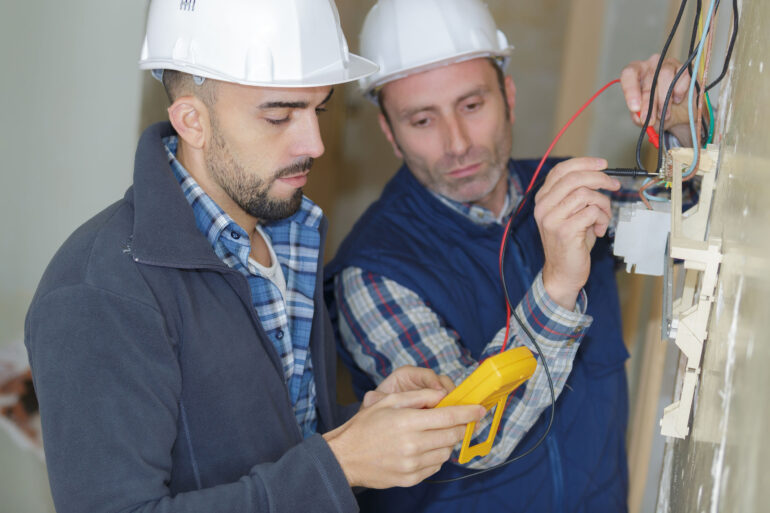With rapid technological advancements, electronic appliances are being upgraded to unimaginable versions. There is no doubt that modern lifestyle is so much dependent on technology, and it is these technological advancements that are making human lives easier and more efficient.
Being occupied by electronic appliances has become an integral part of everyone’s lifestyle. A day without mobile phones, laptops, refrigerators, or ovens is hard to imagine. People are so dependent on these gadgets that it is hard to look back to the era when the first ever telephone was invented.
Living with machines is great, but they, too, require regular checkups and maintenance like the human body. Without these maintenances, machines can fail and result in significant damages and accidents. This is why PAT Testing is legally-recognized and mandatory for households and offices in some countries.
What Is A PAT?

PAT may sound overwhelming to most people because it is not popular in most countries. PAT is a Portable Appliances Testing that ensures a portable electronic appliance is functioning efficiently. Most common in the United Kingdom, New Zealand, Australia, and Ireland countries, the Portable Appliances Test ensures there are no threats or faults in the appliances that can result in sudden breakdowns or accidents.
Portable Appliances Testing is performed by professionals; the test procedure involves various types of inspections and fixing the damages if found. In other words, it is a regular maintenance checkup that ensures the portable appliances are working smoothly. The tests are conducted with the help of specific instruments like PAT testers and other devices.
Countries that practice the PAT test are very strict with their regulations; only certified professionals are eligible to perform these inspections. Homeowners who rent their properties and commercial offices who fail to carry on these tests timely can also fall into legal trouble.
Why Do You Need PAT Inspections?

Mandatory, especially in commercial locations where hundreds and thousands of employees work together largely depending on portable electronic devices, PAT inspections are crucial for maintaining the safety of people. When numerous electronic devices are involved in a workplace, the risk of sudden shocks, fires, or burns is very common. To prevent sudden accidents and injuries, company owners are advised to maintain records of their PAT inspections. In fact, it is the legal responsibility of owners to protect their employees from life threats. And failing to perform PAT inspections from time to time can also lead owners into serious legal troubles or filing huge fines.
In other words, PAT inspections are mandatory in a location where many portable devices are involved. These inspections ensure there are no defects in the machinery that can give rise to future threats.
Is It Possible To Perform A PAT Inspection At Home On Your Own?

Many homeowners are concerned about whether they can perform Portable Appliances Testing by themselves, and surprisingly, the answer is yes. Any knowledgeable adult can carry on PAT inspections; however, there are terms and conditions to follow, and the person must have been trained in some ways. It is possible to perform PAT inspections at home, but before that, you must be able to provide proof of your knowledge and training.
Many homeowners complain about having to pay fees to PAT professionals for performing maintenance inspections from time to time. Many people enrol in short training programs offered by government-recognized agencies to avoid these extreme expenses. Only after acquiring these certificates can you perform a PAT inspection at home. Without proof of training or prior experience, it is illegal to perform such inspections at home, and the sole reason behind it is the risk associated with electric shocks and accidental fires.
After gaining the required knowledge and knowing what tools are appropriate, along with mastering their uses, anyone can perform PAT inspections at home without having to depend on a professional. However, if you are not confident enough, it is always wise to appoint a professional who understands portable electronic devices in-depth and can easily detect or solve underlying issues.
3 Easy Steps To PAT Test Your Own Equipment

Portable Appliance Testing inspections are usually performed in three steps or ways. If you wish to inspect at home with your equipment, here are the steps you need to follow:
User Inspection
The first step of PAT inspection is the user inspection, where the inspector checks the electronic devices thoroughly and detects the obvious signs of damage. These obvious signs, such as damage to wires, can be visible or detectable. User inspection is the initial stage of inspection, deciding what needs to be repaired or changed.
Visual Inspection
The next step is a visual inspection; in this, the professional discovers the visible faults disrupting the electronic device’s function. Visual inspections help professionals understand better the underlying defects and ways to repair them.
A visual inspection involves checking visible parts of appliances such as the plug, the mains and sockets, cables, RCD checks, and inspection of other wear and tear.
Combined Inspection
The third level of PAT inspection is a combined inspection that is only performed by a trained professional. Much more complicated than the previous levels of inspections, the combined inspection is a result of various tests and examinations. The combined inspection is also recognized as a manual inspection, and a portable appliance tester plays an integral role.
In this final inspection stage, the professional runs various complicated tests that only a person with electrical knowledge can understand. These tests include earth bond tests, insulation tests, extension, ICE leads tests, and earth leakage tests.
Final Words
After knowing everything about PAT and the ways of conducting these inspections at home, there might still be confusion regarding how frequently these inspections are needed to be performed. To answer that, experts leave this to the users of portable devices; it depends on the users how often they wish to perform such inspections and be assured of their conditions. If the appliances are used regularly, then the requirement can be frequent. On the other hand, if the use is infrequent, inspections can be conducted occasionally.
